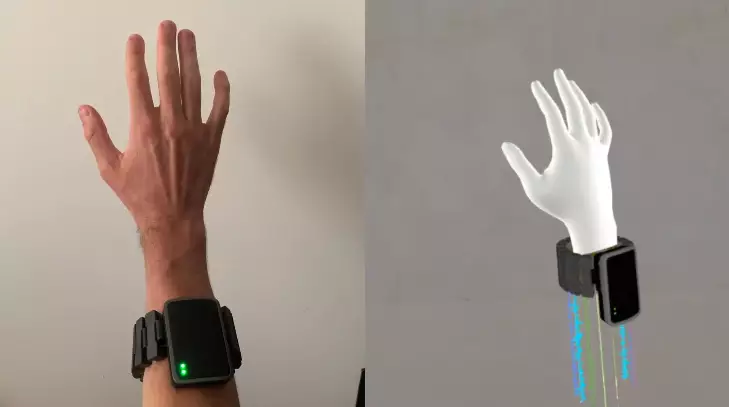In the ever-evolving world of technology, the concept of neural-machine interfaces has always been a fascinating and somewhat daunting topic. While companies like Neuralink have been grabbing headlines with their invasive chip implants, Meta, led by Mark Zuckerberg, is taking a different approach. They have developed a wristband that tracks hand and finger movements through electromyography, a non-invasive technique that detects neural electrical signals passing through the nerves in your arm. This innovative device offers a more user-friendly alternative to the traditional neural implants, sparking both excitement and skepticism among tech enthusiasts.
Meta’s experimental prototype, unveiled in 2021, has now caught the attention of many as Mark Zuckerberg announced plans to bring the wristband to the market. The company’s long-term vision for this technology goes beyond simple hand and finger tracking. Zuckerberg envisions a future where our nervous system’s spare bandwidth can be utilized to send control inputs without the need for physical movement. This could potentially revolutionize the way we interact with technology, allowing us to type or control devices simply by thinking about the desired movements.
While the concept of a non-invasive neural interface holds immense promise, it also raises concerns about privacy and ethical implications. Zuckerberg promises a “completely private and discrete interface” that enables real-time communication with AI or other individuals without any visible cues. This level of seamless integration of human consciousness with technology opens up a world of possibilities, but it also raises questions about potential misuse and intrusion into personal thoughts and behaviors.
As groundbreaking technologies like non-invasive neural interfaces continue to emerge, it becomes increasingly challenging to predict the impact they will have on society. The convergence of AI technologies with neural interfaces adds another layer of complexity to the technological landscape, blurring the lines between human cognition and artificial intelligence. While the possibilities are exciting, the uncertainty surrounding the ethical and social implications looms large.
Conclusion: Navigating the Intersection of Innovation and Ethics
The advent of non-invasive neural interface technology represents a significant leap forward in human-machine interaction. Meta’s wristband offers a glimpse into a future where seamless integration of technology into our daily lives is no longer confined to the realm of science fiction. However, as we navigate the uncharted waters of neural interfaces, it is crucial to approach these innovations with a critical eye towards the ethical implications they present. Striking a balance between technological advancement and ethical responsibility will be paramount in shaping a future where innovation serves humanity in beneficial ways. So, as we stand on the cusp of a new era in technology, one thing is certain – the journey ahead is anything but predictable.


Leave a Reply